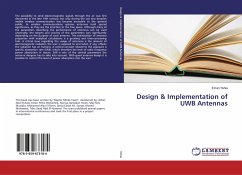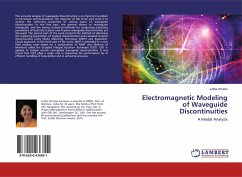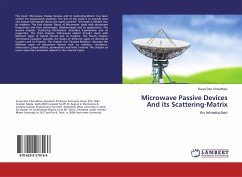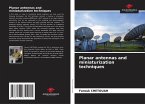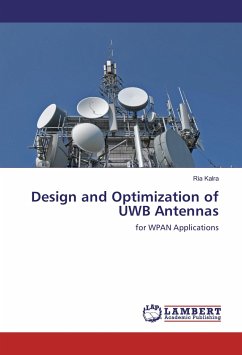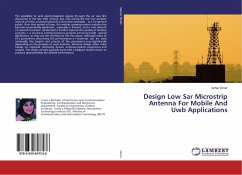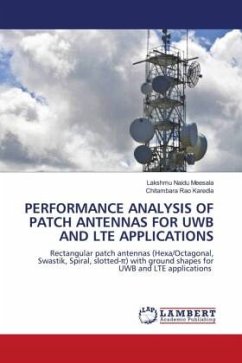The possibility to send electromagnetic signals through the air was first discovered in the late 19th century, but only during the last two decades mobile wireless communication has become accessible to the general public. In wireless communications systems antennas hold special significance, as they are the interface to the free space. Although many of the parameters describing the performance of antennas can be used universally, the targets and priority of the parameters vary significantly depending on the purpose of each antenna. The examination of antenna properties with analytical calculations is a grueling and time-consuming task. A critical issue regarding the usage of antennas is the amount of electromagnetic radiation the user is exposed to and what, if any, effects the radiation has on humans. A central concept related to the exposure is specific absorption rate (SAR), which describes the level of radio frequency power absorption in tissues. SAR is one of the central parameters the antenna designer has to take into account. With good antenna design it is possible to control the level of power absorption into the user.
Bitte wählen Sie Ihr Anliegen aus.
Rechnungen
Retourenschein anfordern
Bestellstatus
Storno

